Palo Santo Tree
- December 27, 2023
- 2 comment
The Palo Santo tree, scientifically known as Bursera graveolens, is a mystical and revered species native to South America, particularly found in regions such as Peru, Ecuador, and parts of the Galapagos Islands. Translating to “holy wood” in Spanish, Palo Santo has been cherished for centuries for its cultural, spiritual, and medicinal significance.
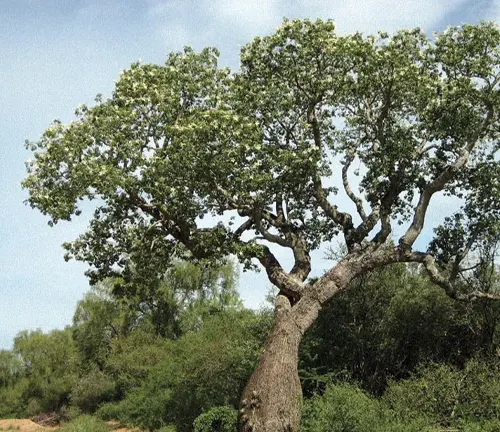
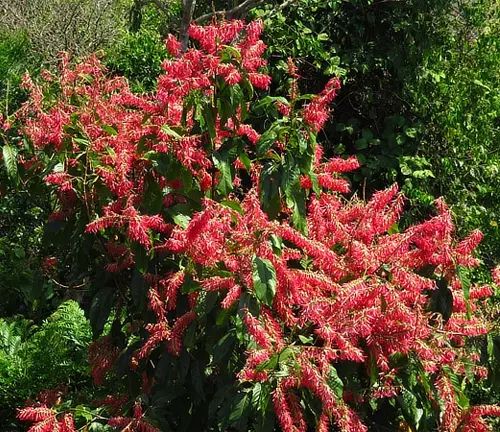
The tree is characterized by its fragrant resin, which is used in various traditional practices, such as ceremonies and rituals performed by indigenous communities. The aromatic wood, when burned as incense, releases a sweet and woody fragrance, believed to purify and cleanse the surrounding space. Apart from its ceremonial use, Palo Santo is valued for its potential medicinal properties, with its essential oil being utilized in aromatherapy for its purported stress-relieving and calming effects.
However, due to increased demand and unsustainable harvesting practices, the Palo Santo tree faces conservation challenges, emphasizing the importance of responsible and ethical sourcing to ensure its continued existence for future generations.
| Attribute | Details |
|---|---|
| Scientific Name | Bursera graveolens |
| Common Name | Palo Santo |
| Family | Burseraceae |
| Native Region | South America (Peru, Ecuador, Galapagos Islands) |
| Height | Up to 10 meters |
| Wood Aroma | Sweet, woody fragrance |
| Primary Use | Cultural, spiritual ceremonies |
| Medicinal Use | Essential oil for aromatherapy |
| Conservation Status | Faces challenges due to unsustainable harvesting |
| Sustainability Considerations | Emphasis on ethical and responsible sourcing |
Unveiling the Palo Santo Tree’s Mystique
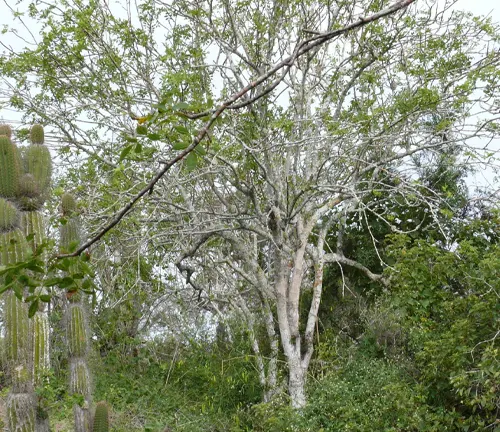
The Palo Santo tree, scientifically known as Bursera graveolens, stands as a botanical marvel in the rich tapestry of South American flora. With its elegant stature reaching up to 10 meters, this sacred tree has captivated hearts and minds for centuries, offering not only a visually stunning presence but also a reservoir of cultural and spiritual significance.
The Sweet Symphony of Palo Santo’s Aroma
Step into the enchanting realm of Palo Santo, and one is greeted by its distinctive sweet and woody fragrance. Revered as “holy wood” in Spanish, the aromatic resin emanating from Palo Santo wood has become synonymous with ceremonial practices. When set ablaze as incense, the woodland elegance of its aroma envelops the surroundings, creating an atmosphere of purity and tranquility.
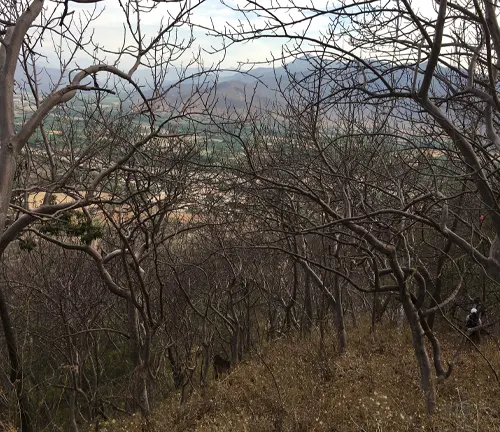
Nurturing Nature’s Balance
Beyond its olfactory allure, the Palo Santo tree plays a vital role in maintaining ecological equilibrium. Native to South America, particularly in regions like Peru, Ecuador, and the Galapagos Islands, it contributes to the biodiversity of its habitat. The tree’s presence fosters a delicate balance within the ecosystem, showcasing the interconnectedness of flora and fauna.
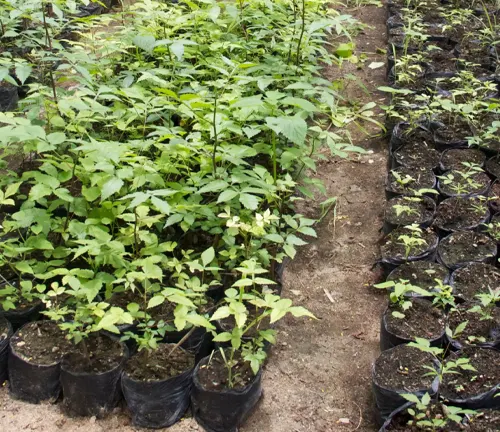
Safeguarding a Sacred Legacy
As the demand for Palo Santo grows, cultivation practices and conservation efforts become paramount. Ethical and responsible sourcing practices are essential to ensure the longevity of this sacred tree. Sustainable cultivation methods and conservation initiatives aim to strike a delicate balance between meeting human needs and preserving the Palo Santo tree for generations to come.
Palo Santo’s Silent Guardian
Beyond its spiritual and cultural roles, Palo Santo serves as a silent guardian in soil stabilization. The tree’s root system plays a crucial role in preventing soil erosion, contributing to the overall health and resilience of the ecosystems it inhabits. This often-overlooked aspect underscores the tree’s multifaceted importance in maintaining the integrity of the environment.
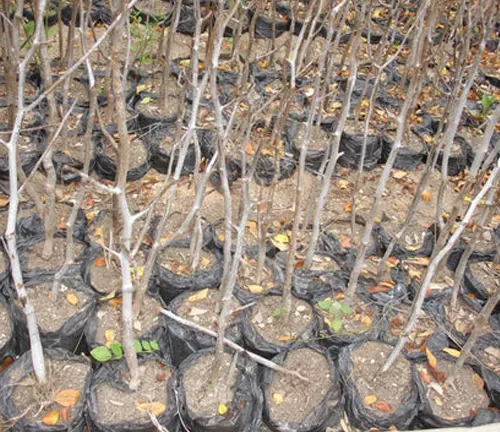

From Ceremonies to Artisan Crafts
The Palo Santo tree has woven itself into the fabric of various cultural practices. Indigenous communities have long utilized its wood for sacred ceremonies and rituals, creating an inseparable link between the tree and spiritual expression. Additionally, Palo Santo wood finds purpose in artisan crafts, carving out intricate designs that reflect the cultural richness of the regions it calls home.
Aromatherapy and Beyond

Delving into the holistic realm, Palo Santo extends its influence into aromatherapy. The essential oil derived from its wood is believed to possess stress-relieving and calming properties, making it a sought-after element in wellness practices. Beyond its aromatic allure, Palo Santo stands as a symbol of sustainable practices, urging us to appreciate the delicate balance between human needs and environmental preservation.
Navigating Its Natural Habitat Map
Embarking on a journey to understand the Palo Santo tree requires a glimpse into its natural habitat map. Spread across the South American landscape, from the verdant forests of Peru to the enchanting regions of Ecuador and the Galapagos Islands, this sacred tree thrives in diverse ecosystems. Exploring its habitat unveils the intricate connection between the Palo Santo and the rich tapestry of South American biodiversity

A Botanical Symphony in Three Key Components
Delving into the heart of the Palo Santo tree reveals a botanical symphony composed of three key components. The aromatic resin, emanating a sweet and woody fragrance, takes center stage, capturing the essence of its spiritual and cultural significance. The elegant wood, revered as “holy wood,” becomes a medium for sacred ceremonies and artisan crafts. Lastly, the intricate root system serves as a silent guardian, contributing to soil stabilization and environmental resilience. Understanding these components unravels the multifaceted nature of the Palo Santo tree.
A Call for Sustainable Harvesting and Conservation
While the Palo Santo tree enchants with its aromatic allure and cultural importance, its popularity has led to concerns about sustainability and conservation. The surge in demand for Palo Santo products has resulted in unsustainable harvesting practices, threatening the delicate balance of its ecosystems. This side effect prompts a crucial call for ethical and responsible sourcing, urging us to consider the long-term impact of our interactions with this sacred tree. As stewards of the environment, it becomes imperative to navigate a path that respects the Palo Santo tree’s contribution to both culture and ecology.
Different Species
Bursera graveolens
(True Palo Santo)
The most well-known and widely recognized species, native to regions such as Peru, Ecuador, and the Galapagos Islands. It is the primary source of Palo Santo wood and resin used in cultural and spiritual practices.
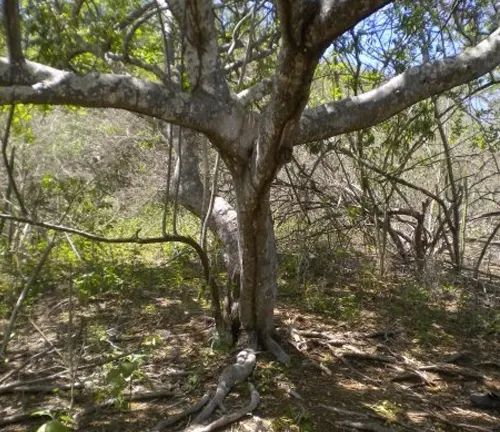
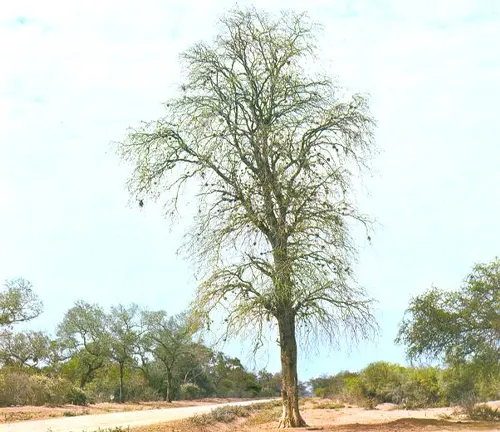
Bulnesia sarmientoi
(Gaiacwood or Argentine Palo Santo)
Found in South America, particularly in Argentina, this species is sometimes referred to as Argentine Palo Santo. It has a distinctive aroma and is known for its durable wood.
Triplaris cumingiana
(Peruvian Palo Santo)
This tree, found in parts of South America, including Peru, is also sometimes called Palo Santo. It is not the same as Bursera graveolens and has different uses and properties.
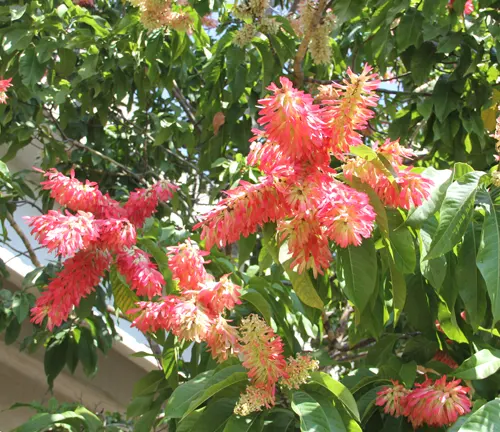
Frequently Asked Questions (FAQs)
1. What is Palo Santo?
Palo Santo refers to a sacred tree, scientifically known as Bursera graveolens, native to South America. It is valued for its aromatic wood and resin, often used in cultural, spiritual, and medicinal practices.
2. How is Palo Santo used in ceremonies?
Palo Santo wood is burned as incense in ceremonies and rituals to cleanse and purify the environment. The smoke is believed to have spiritual and therapeutic properties.
3. Is Palo Santo endangered?
While Palo Santo itself is not necessarily endangered, there are concerns about unsustainable harvesting practices. Responsible sourcing and conservation efforts are crucial to ensure the long-term survival of this sacred tree.
4. What are the medicinal properties of Palo Santo?
The essential oil derived from Palo Santo is believed to have stress-relieving and calming effects, making it popular in aromatherapy. However, scientific evidence supporting its medicinal properties is limited.
5. Can Palo Santo be cultivated?
Yes, Palo Santo can be cultivated, but it requires careful attention to ensure sustainability. Ethical cultivation practices aim to balance human needs with the preservation of the tree and its natural habitat.
6. How do I identify authentic Palo Santo products?
Authentic Palo Santo products are derived from the Bursera graveolens species. Look for reputable suppliers who follow ethical and sustainable sourcing practices. Genuine Palo Santo wood has a distinctive sweet and woody fragrance.
7. Are there different species of Palo Santo?
While Bursera graveolens is the primary species referred to as Palo Santo, there are other trees with the same common name in different regions. It’s important to specify the species for accurate information.
8. What is the environmental impact of Palo Santo harvesting?
Unsustainable harvesting practices can have negative environmental impacts, including habitat disruption and depletion of natural resources. Conservation efforts and ethical sourcing are essential to mitigate these effects.
9. Can I grow Palo Santo at home?
Growing Palo Santo at home is possible, but it requires specific conditions. It’s recommended to obtain seeds or saplings from reputable sources and ensure proper care, considering the tree’s native habitat.
10. How can I support sustainable Palo Santo practices?
Support suppliers who prioritize ethical and sustainable sourcing. Look for certifications or information about the source of the Palo Santo products you purchase, and promote awareness about responsible harvesting practices.


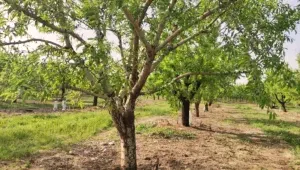
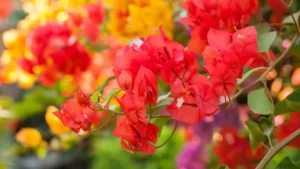
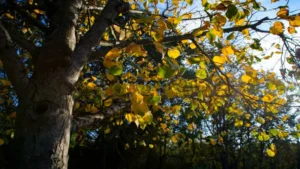
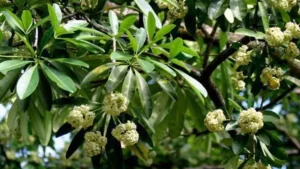

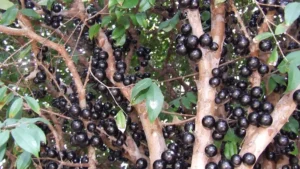
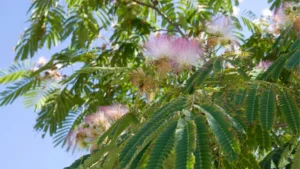

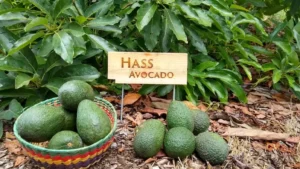
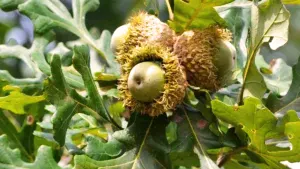

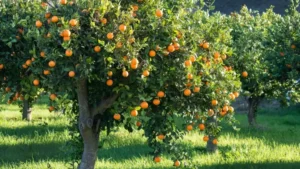
How can I get Palo Santo seeds?
Don L Hayes
March 20, 2024 10:44 pmyou can check our category here: Trees for Sale
Forestry
March 21, 2024 7:58 am